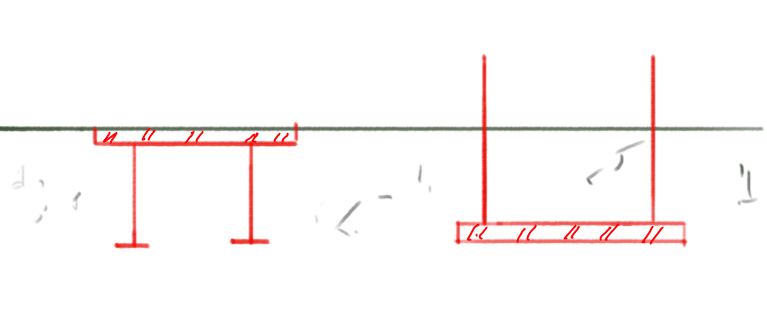WARose
Structural
- Mar 17, 2011
- 5,594
Hope you will pardon a guy who is always a code or two behind (and sometimes not up on the latest research)......
Has any organization done any testing on embedded plates (for bolt groups) in concrete that you know of? Looking in Chap. 17 of ACI 318-14 (formerly Appendix D).....they still beg off that.
I'm kind of curious because I wonder if anyone has developed (as of yet) recommendations as to plate stiffness, areas to embed/not to embed, etc, etc.
Has any organization done any testing on embedded plates (for bolt groups) in concrete that you know of? Looking in Chap. 17 of ACI 318-14 (formerly Appendix D).....they still beg off that.
I'm kind of curious because I wonder if anyone has developed (as of yet) recommendations as to plate stiffness, areas to embed/not to embed, etc, etc.




